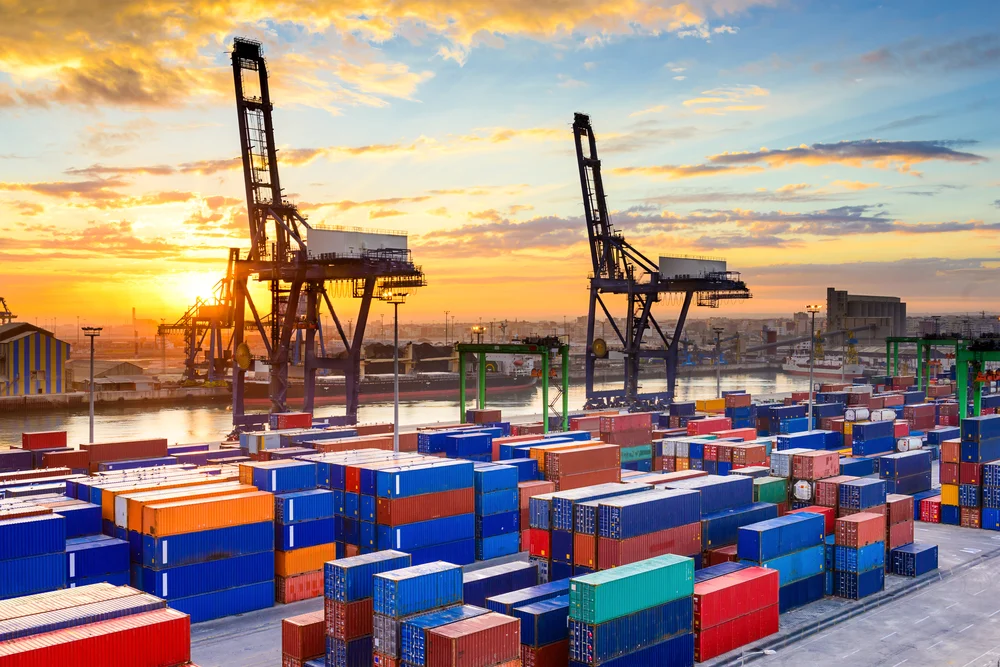All world economies depend on imports and exports. It is one of the oldest and most crucial practices of a successful business as it allows for expansion into new territories and markets. With time, even the challenges faced by exporters have evolved and it is difficult to anticipate the barriers that exporters may face shortly. To help you anticipate and prepare for the same, we have compiled a list of the top challenges that exporters would face in 2023.
Competition In New Markets
It can be said without a doubt that exporters looking to expand in new markets would face heavy competition from established competitors in such markets. The competitive and distinguishing factor here is the cost as local products/services tend to always be at a lower price than those of imported ones. Other problems in terms of competition are usually the trust factor as consumers tend to solemnly place their trust in new products/services over the already well-established ones.
Regulatory Compliances
Every country has its own set of laws and regulations that undergo constant change and amendments. Additionally, more often than not such compliance requirements differ from country to country. In such a scenario, It gets extremely difficult to alter your products/services following the compliances of the respective country to which you wish to export. Thus, your business needs to shortlist countries where such compliance can be ensured.
Export-Import Tariffs
Export and Import Tariffs are heavily dependent on the international relations between two countries and other economic factors. If you wish to export to a country where such duties and tariffs are high then the same would directly affect your prices and subsequently the viability of your target consumers. To overcome this obstacle, you should be able to price your products efficiently with the existing tariff and duty rates of the respective country.
Currency Exchange Rate
The astronomical difference in the rate of currencies between countries offering the biggest, most profitable markets and countries wanting to export to such markets makes for a big challenge for exporters to overcome. Thus it is always advisable to export if the value of a foreign currency increases against your local currency. Similarly, if the value of a certain foreign currency decreases, it can restrain the development of your export activities. An excellent example of such a situation is the depreciation of the Chinese currency Yuan against USD due to the US-China trade war.
Transport Infrastructure
In terms of operational challenges, exporters in India will continue to face problems due to the inadequate transport infrastructure of the country. The transport infrastructure in India has still not reached an optimal level wherein it can support the exporters efficiently. Overcrowded ports, roads, lack of connectivity, and outdated transportation methods are some of the major factors that will continue to cause such obstacles while exporting. Indian roads still carry about 67 percent of its freight and while construction of roads and highways has seen some good development in recent years, the heavy population and the traffic that it brings about is still a problem.
Trade Finance & Credit
Trade finance and export credit are still not as accessible as required for micro, small, and medium enterprises even though they account for more than half of the total exports in the country. There exists a high cost of finance as banks and lenders pay a high price due to complicated compliances resulting in the passing of such cost burden to their customers i.e. exporters. As a result, even the collaterals turn out to be high. Due to such compliances, application procedures for credit are complex and tedious and there is a serious lack of information on how to steer around the same.
Important Tip: By using DGFT Licenses such as Advance license, EPCG License, and RODTEP Scheme you can reduce your overall cost by attaining some benefits over your exports.
Cultural & Language Barriers
If you are planning to export to a non-English-speaking country, then the most obvious aspect that is often overlooked is the language and cultural barrier that you would face. This may cause obstacles in the smooth and efficient operation of export. It may also lead to the incurrence of additional expenses for translators and another workforce in a similar field so that you can engage and communicate effectively to overcome such barriers.
Technological Infrastructure
Developed countries are well equipped with sophisticated technologies that may have an overall advantage over your business. Technological advancement is the most difficult barrier as it creates competition that is almost impossible to compete with. A country with technology advanced enough to transform raw materials into finished goods on a large scale, in lesser time and at cheaper rates is the ultimate lethal challenge that your export business could face.
Thus, keeping in mind all the challenges that you, as an exporter, would face, you need to know how you can optimize your process and overcome such challenges in 2023.
DISCLAIMER : This and other personal blog posts are not reviewed, monitored or endorsed by Blogjab. The content is solely the view of the author and Blogjab is not responsible for the authenticity of content of this post in any way. Our curated content which is handpicked by our editorial team may be viewed here.






